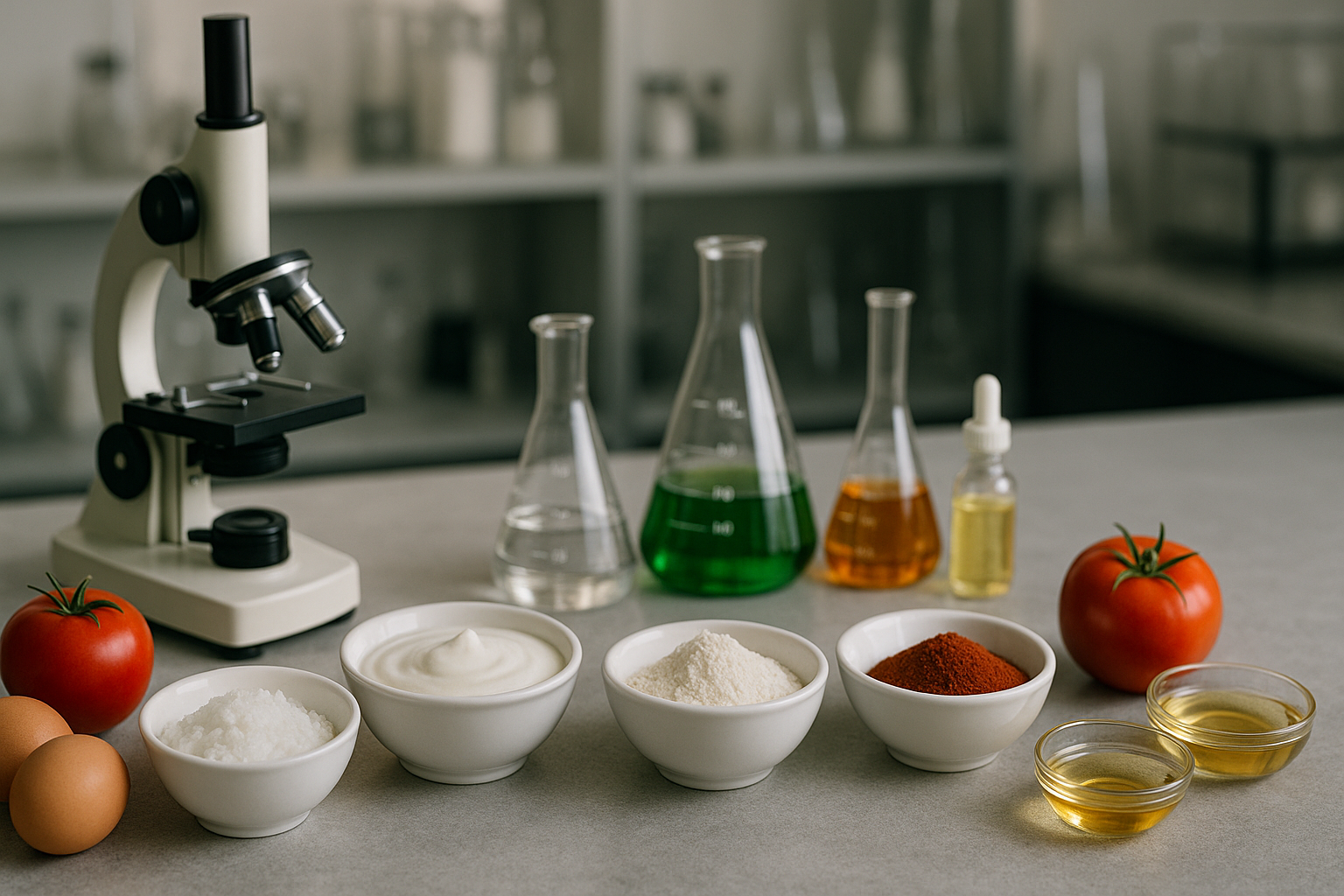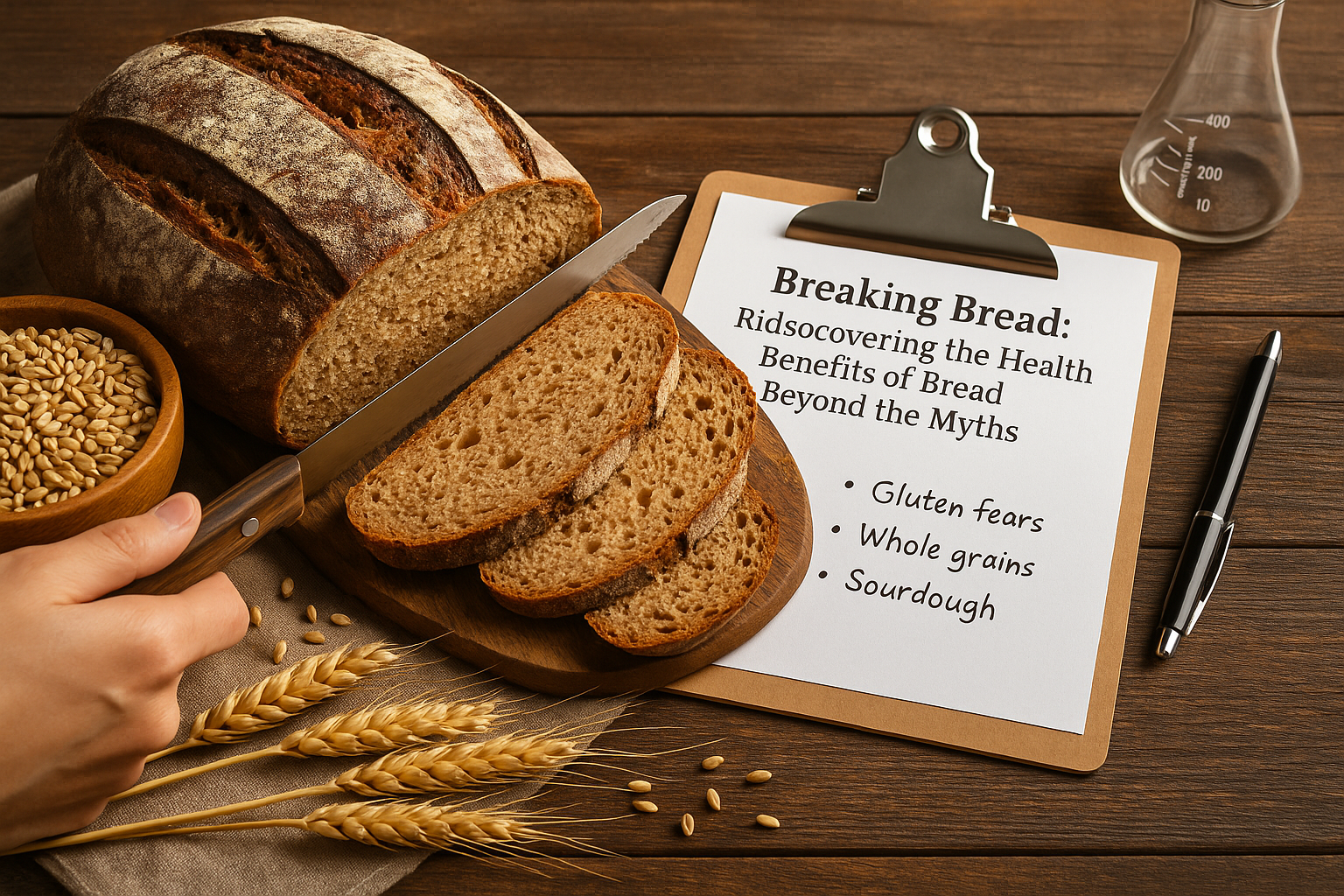
An In-Depth Look at Gellan Gum: Uses, Benefits, and Safety in 2023
SUBSCRIBE TO OUR BLOG
Promotions, new products, and recipes.
Did you know that a versatile and safe ingredient, gellan gum, is widely used in various food and non-food industries? Derived from bacteria, this fascinating polysaccharide hydrocolloid offers unique properties that make it an essential component in numerous applications. Let’s explore the world of gellan gum and discover its origin, benefits, and innovative uses.
Key Takeaways
-
Gellan gum is a polysaccharide produced by bacteria and used in food products as an emulsifier, thickener, and stabilizer.
-
It has been deemed safe for consumption by the FDA due to its non-toxic gelling properties and wide range of applications in both food & non-food industries.
-
Gellan gum provides texture, stability, structure & reduction of fat/sugar content making it ideal for gluten-free or organic foods as well as innovative culinary experiences.
Understanding Gellan Gum

Gellan gum is often added to almond milk to help stabilize and thicken the beverage, improving its mouthfeel.
Gellan gum is a polysaccharide produced by certain species of bacteria, specifically Sphingomonas elodea. As a food additive, gellan gum is utilized in a variety of food products, including beverages, sauces, and desserts, providing texture, thickness, and stability. Its unique properties have also led to its use in medicine and tissue engineering as a gelling agent.
Gellan gum’s capacity to form transparent, heat-resistant gels positions it as a preferred ingredient in products like salad dressings and frozen desserts, where it helps prevent the formation of ice crystals. For instance, gellan gum is often added to almond milk to help stabilize and thicken the beverage, improving its mouthfeel without compromising its nutritional value. This creates a fluid gel texture that consumers find appealing.
Extensive assessment has confirmed gellan gum as a safe consumable. It has been approved as a food additive in numerous countries, including the United States and the European Union, and has been used safely in food products since its discovery.
Origin and Production of Gellan Gum

Gellan gum is produced through the fermentation of glucose or lactose.
Gellan gum is produced through the fermentation of glucose or lactose by the bacteria Sphingomonas elodea. This microorganism was discovered in the 1970s during a search for new polysaccharide-producing bacteria, and since then, gellan gum has become a widely studied ingredient in food science.
Gellan gum comes in two forms: high acyl (HA) and low acyl (LA). These two varieties offer different properties for diverse applications. The differences between these two forms lie in their gelling properties. High acyl gellan gum is responsible for producing soft and elastic gels. Low acyl gellan gum on the other hand forms hard and brittle gels. The gel characteristics of gellan gum are determined by the acylation level and the presence of counter-ions.
Despite its high cost as a pure substance, the usage cost of gellan gum aligns with that of significantly cheaper hydrocolloids. This is due to its functional distinctions, which are extensively examined in terms of:
-
hydration
-
gelation
-
stability
-
texture
Gellan Gum as a Food Additive

Gellum gum powder provides a creamy texture to desserts and a jelly-like consistency to fillings for baked goods.
Gellan gum, as a food additive, fulfills multiple roles in the food industry. It acts as a thickener, emulsifier, and stabilizer, providing a creamy texture to desserts, a jelly-like consistency to fillings for baked goods, and preventing certain delicacies from melting when exposed to heat. Gellan gum is also added to fortified juices and plant-based milks to help stabilize supplemental nutrients like calcium, ensuring that they remain blended into the beverage rather than settling at the bottom of the container.
Gellan gum is assigned the E number E418, and it has been approved for food use in many countries, including Japan, the United States, and the European Union. It is a popular vegan alternative to gelatin, thanks to its fermentation process, which involves sugar and bacteria rather than animal products.
In the production of vegan “gum” candies, gellan gum is utilized as a substitute for gelatin. Moreover, high acyl gellan gum is known for its tolerance to a broad variety of ultra-high temperature (UHT) conditions, making it suitable for use in dairy and soy-based products that require filling at higher temperatures than those filled with carrageenan.
Comparing Gellan Gum with Other Gums
Certain parallels exist between gellan gum and other food industry gelling agents like:
-
guar gum
-
carrageenan
-
agar agar
-
xanthan gum
However, each gum has its own specific characteristics, usage ratios, viscosity, and mouthfeel. For example, guar gum and carrageenan have different gelling properties compared to gellan gum, while xanthan gum is commonly used in gluten-free recipes.
When compared to xanthan gum, gellan gum is known to be superior in terms of its:
-
Gelling properties
-
Storage stability
-
Moisture retention
-
Sheen
-
Spreadability
-
Texture
-
Flavor release
Gellan gum has a unique property compared to alginate; it can form transparent gels that can withstand heat. This property makes gellan gum a versatile ingredient in the food industry.
The distinct features of gellan gum render it a key ingredient in a range of food applications. Its ability to form clear gels with heat resistance and non-toxic properties has led to its widespread use in both food and non-food industries.
The Safety of Gellan Gum

The chemical structure of gellan gum is a safe and commonly used food additive.
Ever since its discovery, gellan gum’s safety has been the focus of comprehensive research. Studies have concluded that it is safe for consumption, with no significant negative health effects found. Gellan gum has been granted Generally Recognized as Safe (GRAS) status by the Food and Drug Administration (FDA) and is authorized for use in food products in the US and Europe.
While there are no scientifically supported health benefits of gellan gum, it may have a laxative effect on some individuals. However, this effect is typically mild and should not be a cause for concern when consuming products containing gellan gum.
Gellan gum, recognized as a safe food additive, has earned widespread industrial use, demonstrating its safety and adaptability in the world of food additives. With proper food approval, this ingredient continues to be a popular choice among manufacturers.
Gellan Gum in Non-Food Industries
Apart from its role in the food industry, gellan gum finds use in diverse non-food sectors like:
-
Medicine: gellan gum has been employed as an ocular drug delivery system and for tissue engineering purposes.
-
Tissue engineering: Its ability to form transparent gels with heat resistance and non-toxic properties makes it suitable for these applications.
-
Historical conservation
However, there are some drawbacks to using gellan gum structures in tissue engineering for tissue regeneration. One disadvantage is their lower mechanical properties compared to other materials. Despite this, researchers have managed to generate sponge-like scaffolds with thicker wall pores by adjusting the parameters of the casting and freeze-drying method.
The versatility of gellan gum in non-food industries showcases its unique properties and potential for further applications and innovations in various fields.
Gluten-Free and Organic Foods with Gellan Gum
Gellan gum, a key component in gluten-free and organic food products, imparts texture and stability while adhering to dietary restrictions. Gluten-free and organic foods containing gellan gum include:
-
Plant-based milk
-
Breads
-
Cakes
-
Pastries
-
Dairy and non-dairy drinks
-
Milk
-
Nutritional products
-
Juices
-
Yogurts
-
Bakery products
-
Fruit sauces
One of the benefits of using gellan gum in gluten-free and organic foods is its ability to enhance the structure of these products. This is particularly important for gluten-free baked goods, which often lack the elasticity and structure provided by gluten.
Furthermore, gellan gum enables a reduction in fat and sugar content in food products, making them more nutritious without compromising texture or taste. This makes it an ideal ingredient for those with specific dietary requirements or those seeking healthier food options.
Innovative Culinary Applications of Gellan Gum
The innovative culinary applications of gellan gum, including molecular gastronomy and plant-based dairy substitutes, are attributed to its unique properties. In molecular gastronomy, gellan gum is used to create fluid gels, providing unique textures and mouthfeel in various dishes.
One fascinating example of gellan gum’s innovative culinary applications is its use in ice cream and sorbet recipes that remain solid when set in a dish of flaming alcohol. British chef Heston Blumenthal and American chef Wylie Dufresne are widely acknowledged as pioneers of using gellan gum in haute cuisine.
These avant-garde culinary applications highlight the versatility of gellan gum, opening up possibilities for novel food experiences and textures that defy conventional norms.
Summary
In conclusion, gellan gum is a versatile and safe ingredient that plays a crucial role in various food and non-food industries. From its unique properties and benefits to its innovative culinary applications, gellan gum continues to push boundaries and inspire new possibilities. Whether you’re enjoying a vegan treat or admiring the results of cutting-edge tissue engineering, gellan gum is a fascinating polysaccharide that has truly made its mark in the world of science and gastronomy.
Frequently Asked Questions
Is gellan gum good or bad for you?
Gellan gum has been studied, tested, and approved by multiple regulating bodies for more than 30 years, making it safe to consume.
What is gellan gum made out of?
Gellan gum is a water-soluble anionic polysaccharide produced by the bacterium Sphingomonas elodea, consisting of a repeating unit of monomers composed of two D-glucose residues, one D-glucuronic acid residue, and one L-rhamnose residue. This polysaccharide is used in a variety of food products, such as ice cream, yogurt, and salad dressings, as a stabilizer and thickener. It is also used in cosmetics, pharmaceuticals, and other industrial applications. Gellan gum is a versatile ingredient that can be used to improve the texture, stability, and shelf life of many products.
What are the disadvantages of gellan gum?
Gellan gum has poor mechanical properties and a lack of toughness and tissue tolerance, making it less suitable for biomedical use. These drawbacks limit its use in the food industry as a thickening agent or stabilizer.
Is gellan gum a clean ingredient?
Gellan gum is considered to be a clean-label ingredient, as it originates naturally and is formed through fermentation.
What is Gellan Gum?
Gellan Gum is a polysaccharide produced by bacteria and used as an additive and thickening agent in food items such as beverages, sauces, and desserts. It is a versatile ingredient that can be used to create a variety of textures and flavors. It is also a great stabilizer, helping to keep ingredients suspended in a solution. Gellan Gum is a great choice for food manufacturers looking for a reliable and cost.


|
About the Author Ed is the founder of Cape Crystal Brands, editor of the Beginner’s Guide to Hydrocolloids, and a passionate advocate for making food science accessible to all. Discover premium ingredients, expert resources, and free formulation tools at capecrystalbrands.com/tools. — Ed |
Enjoyed this post? Subscribe to The Crystal Scoop
Food-science tips, ingredient know-how, and recipes. No spam—unsubscribe anytime.
- Choosing a selection results in a full page refresh.



